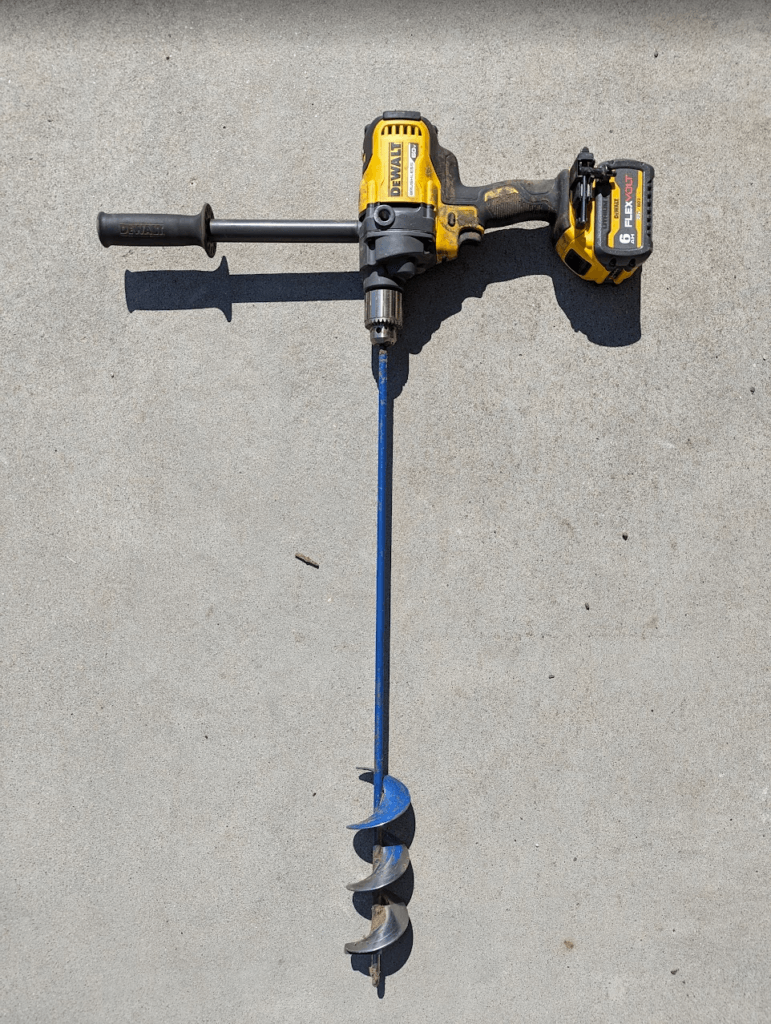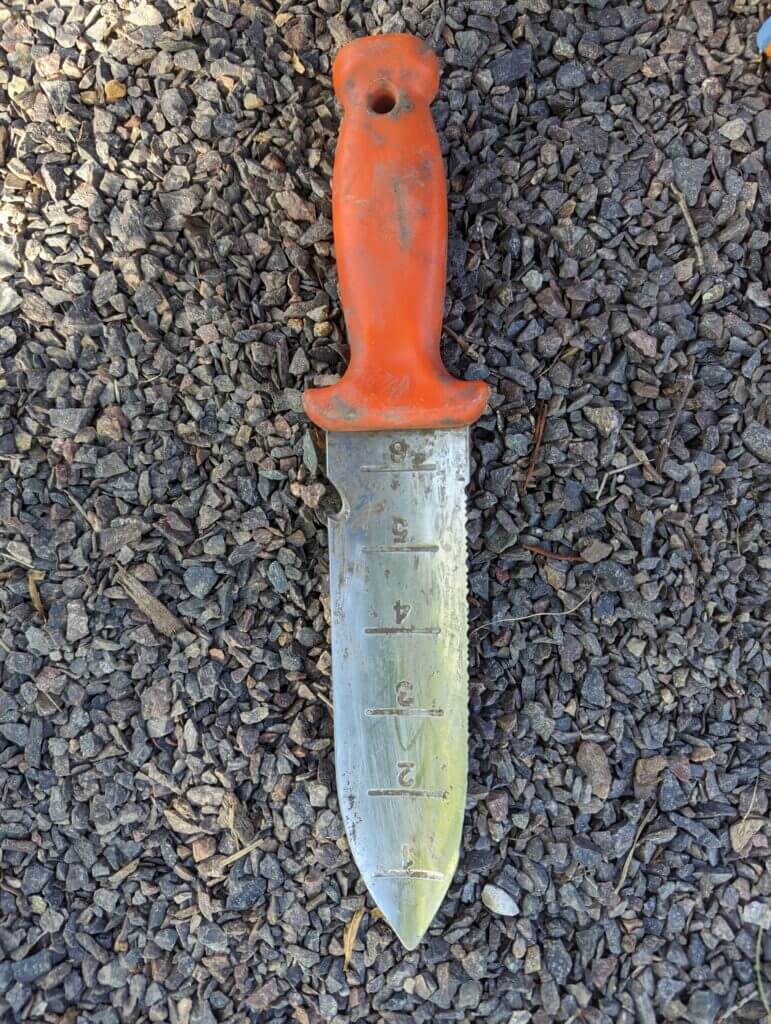
On Home Affordability, Poverty, and Unlawning America
I don’t know who that Michael Green financial analyst guy is who looked at one county in NJ to state
We get asked all of the time what our go-to tools are for install and management. It’s really a simple list. Since we work with plugs almost exclusively, our planting tool list is reflective of digging in plugs — which are younger, smaller, more affordable plants that generally (depends on site conditions) establish faster than larger plant container sizes. A one gallon pot costs $15-20 and a tray / flat of 32 or 50 plugs will run you around $125 (more or less depending on the species and grower). Do the math. Even if you have extras you compost — or give away — you’re ahead of the game. You should be using repeating masses and drifts anyway, so you’ll likely use up a flat of 32 even in a smaller garden.

Oh yes. Tools. Sorry. Our main workhorse is a cordless mixing drill with a 36×3 inch auger bit that’s solid steel (not hollow core which is weaker). Any brand of mixing drill should work, but do look for a brushless motor. You can also get a corded mixing drill, just make sure the gauge on your extension cord is low enough to get max power out to your tool — something like 12 gauge for 100 feet oughta do. Now, we advocate for mixing drills if you have clay or clay loam; a standard household drill should work in loose loam or sand — but if you have those you might as well just use your hand, or the next tool on the list.

A soil knife is like the #1 tool you should have on your belt at all times. It does everything — not just planting. Need to saw through some roots? Bam. What about opening a bag or cutting twine? Bam. Pry up a rock from the soil? Bam. Defend yourself against suburban velociraptors? Double bam.
Besides these two big ones, we suggest a D-handle spade about waste high — it’s perfect for smaller trees and shrubs (which, again, you should be using as they’ll establish quicker and within years catch up to more pricey, bigger woody plants).
On the management side aka watering, hoses don’t last. They just don’t. Might as well use something light and smaller like a self-coiling hose that shrinks up to roughly half its size when drained. As for nozzle heads, go with a fireman’s nozzle. Just trust us. It’ll change your life.
Our go-to gloves are water proof and, even in summer, insulated for comfort. Wondergrip has worked well, but there are many other brands. Insulated versions are also easier to get off after a sweaty day of work. And just as with hoses, you’re going to be buying new gloves about every year.
If you’d like to support us further, we do have an affiliate link for many of the above tools. We’d appreciate the love. But really, we’d just appreciate it if you had way more native plants in your landscape.

I don’t know who that Michael Green financial analyst guy is who looked at one county in NJ to state

Oh that’s a cool plant, stiff goldenrod, Oligoneuron rigidum. I wonder if that would work in my garden. Maybe it’s
